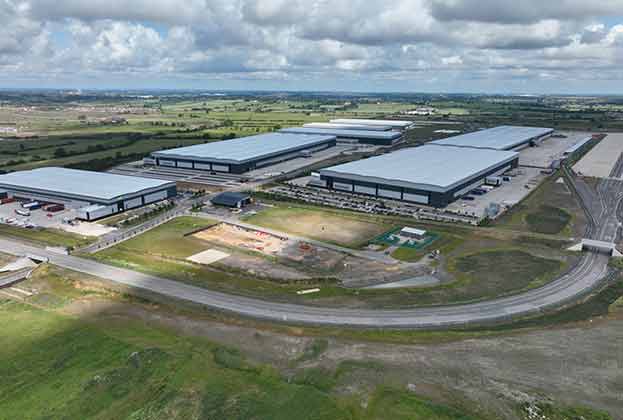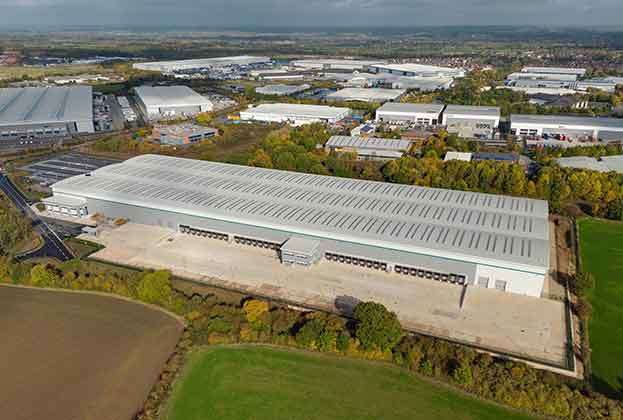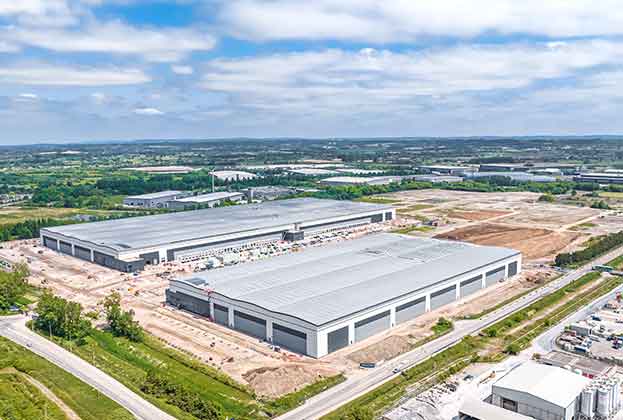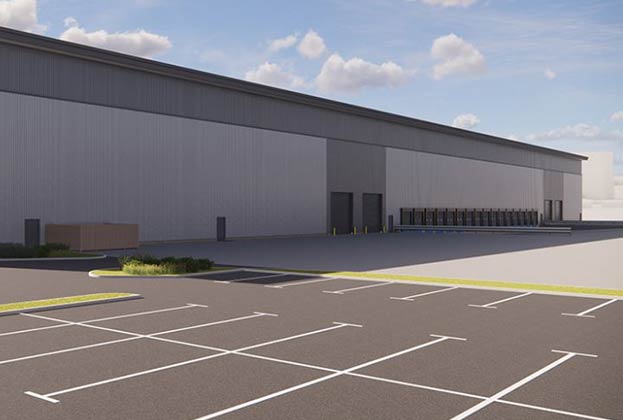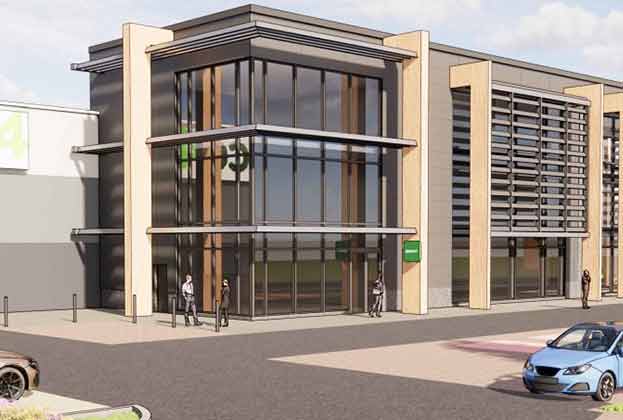Vacancy rate just 3.97%; 0.37 years’ worth of supply
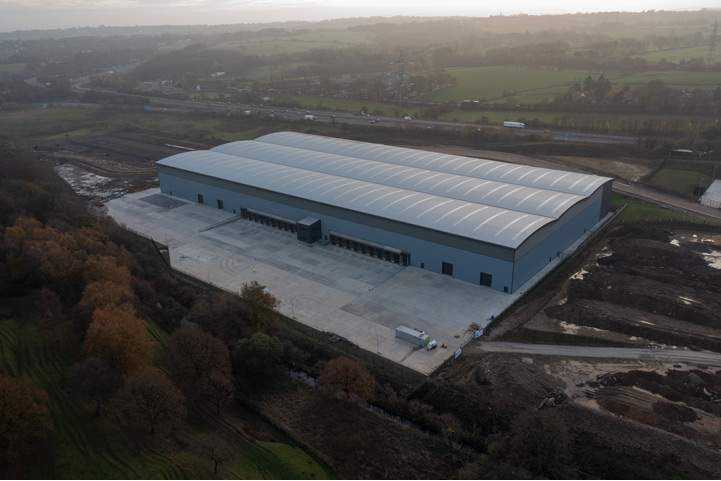
Super B in Bradford, where Savills advised Tungsten in the letting of 230,000 sq ft to Advanced Supply Chain
Activity in the region has experienced a decline, primarily driven by economic challenges. Despite the temporary setback, there is an expectation that activity will rebound in the near future, driven by growing occupier requirements. In terms of occupier activity, built-to-suit take-up, in particular, has declined due to economic pressures; however, we have seen increased interest in existing units, with a number under offer and scheduled to complete in Q3 2023
Tom Asher, Director, Leeds
Supply
Currently, there is 4m sq ft available across 21 units representing a vacancy rate of 3.97%. Specifically, there are 14 units available in Yorkshire, totalling 2.87m sq ft, resulting in a vacancy rate of 3.86%. In the North East, there are seven units, totalling 1.13m sq ft, equating to a 4.31% vacancy rate. Based on the average take-up, the current supply in the wider region would last for approximately 0.37 years.
Grade A units now comprise 44% of the stock, followed by 35% for Grade B and 21% for Grade C. Further analysis reveals that a significant portion of the Grade C or B space may no longer meet modern occupier requirements, whilst 71% of all units do not meet the future government policy’s required EPC B standard. In the North East, just one of the seven units is of Grade A quality yet is already under offer and set to exchange imminently, whilst 60% by square footage is Grade C and unlikely to be fit for modern occupiers.
By unit count, 75% falls within the 100,000–200,000 sq ft size band, and 10% in the 200,000–300,000 sq ft band. The remaining size bands each account for 5%.
Take-up
During the first half of 2023, the total take-up of space slowed, amounting to 2.1m sq ft across ten transactions. This figure is 32% below the long-term average. When considering the regional breakdown, 86% of the take-up occurred in Yorkshire & the Humber, while the remaining 14% took place in the North East.
In 2023, 49% of the transacted space was built-to-suit, 11% was pre-let speculatively developed, 5% was existing speculatively developed, and 35% was second-hand space. In terms of grade, 65% of the activity involved Grade A space, 24% involved Grade B space, and 11% involved Grade C space, reflecting the recent trend of occupiers preferring higher-quality units.
When considering the number of deals, 60% of the transactions fell within the 100,000–200,000 sq ft size band, while 30% occurred in the 200,000– 300,000 sq ft size band. The remaining 10% took place in the 500,000 sq ft+ size band. In terms of sector distribution, third-party logistics firms accounted for 46% of the activity, followed by 28% from grocery retailers, 14% from manufacturers, and 12% from the ‘other’ sectors.
Development pipeline
There are currently 19 units under construction, totalling 4.55m sq ft. There are ten units within the 100,000–200,000 sq ft size band, three within the 200,000–300,000 sq ft size band, four within the 300,000–400,000 sq ft size band, and two within the 400,000–500,000 sq ft size band.
Read the articles within Big Shed Briefing below.
.jpg)

